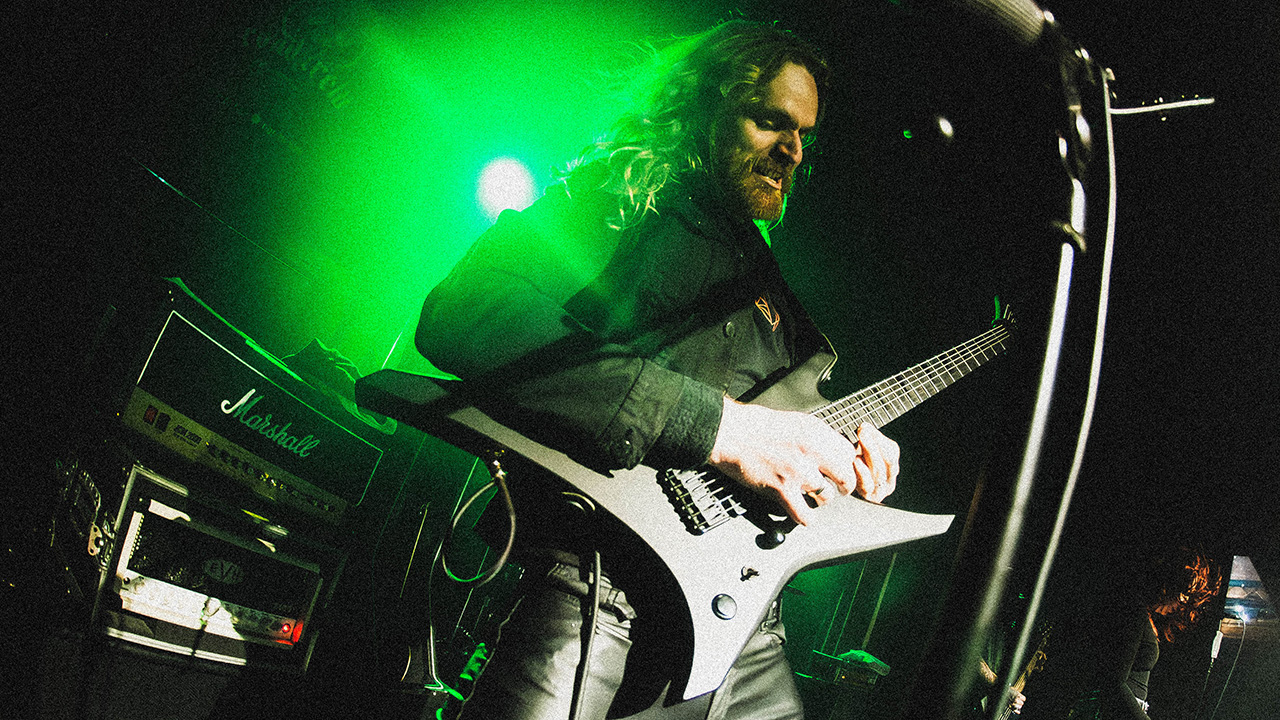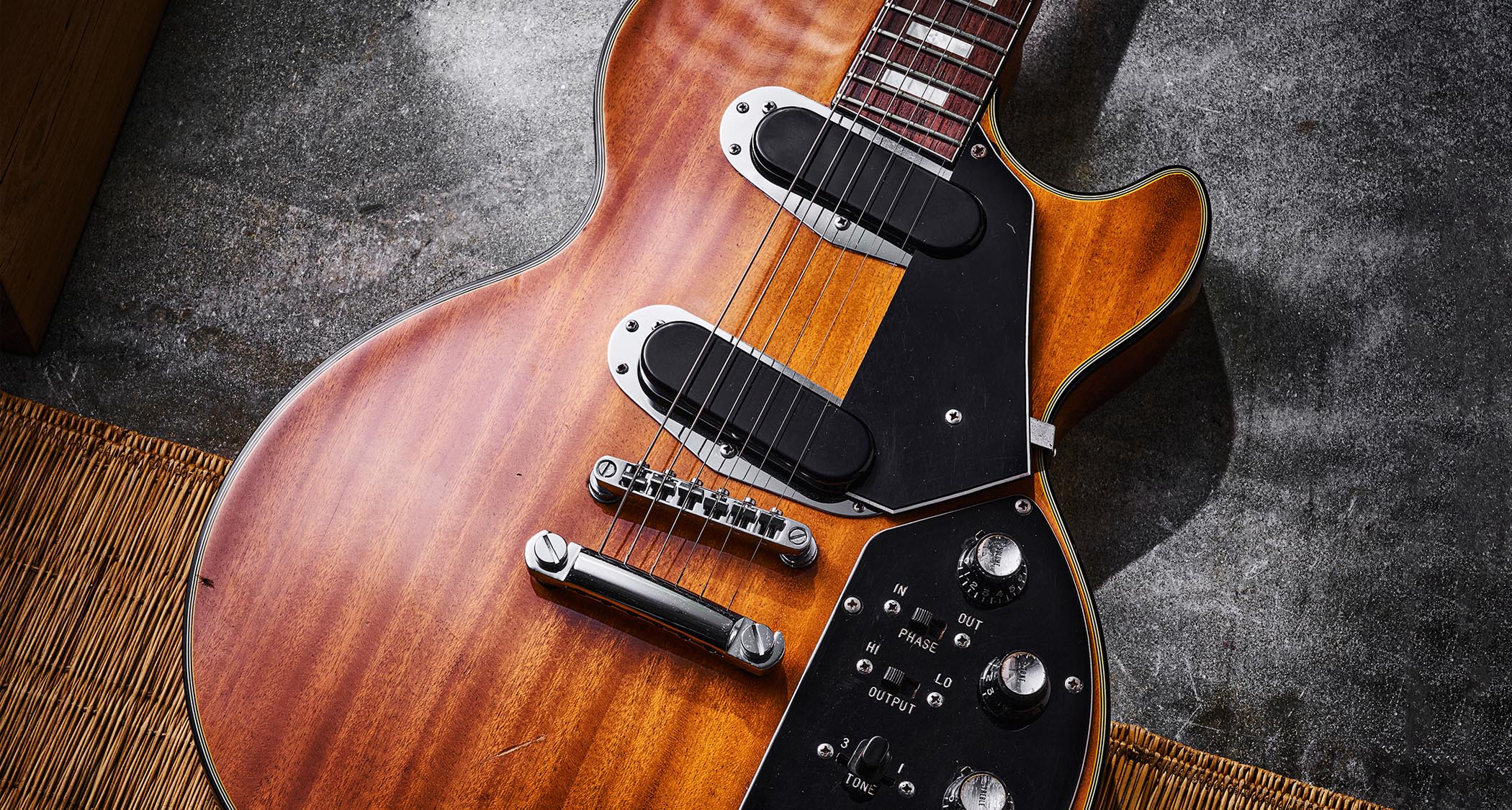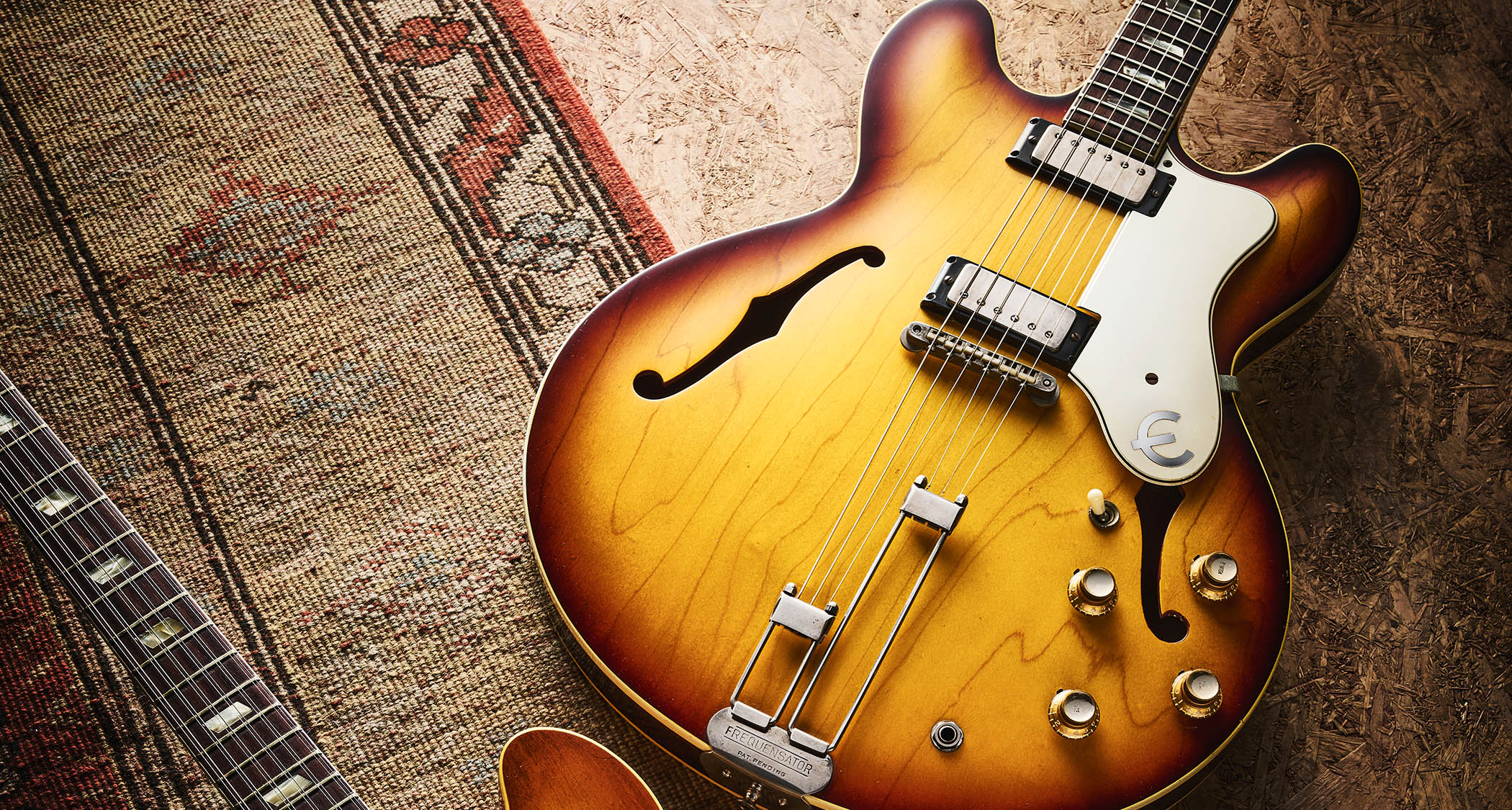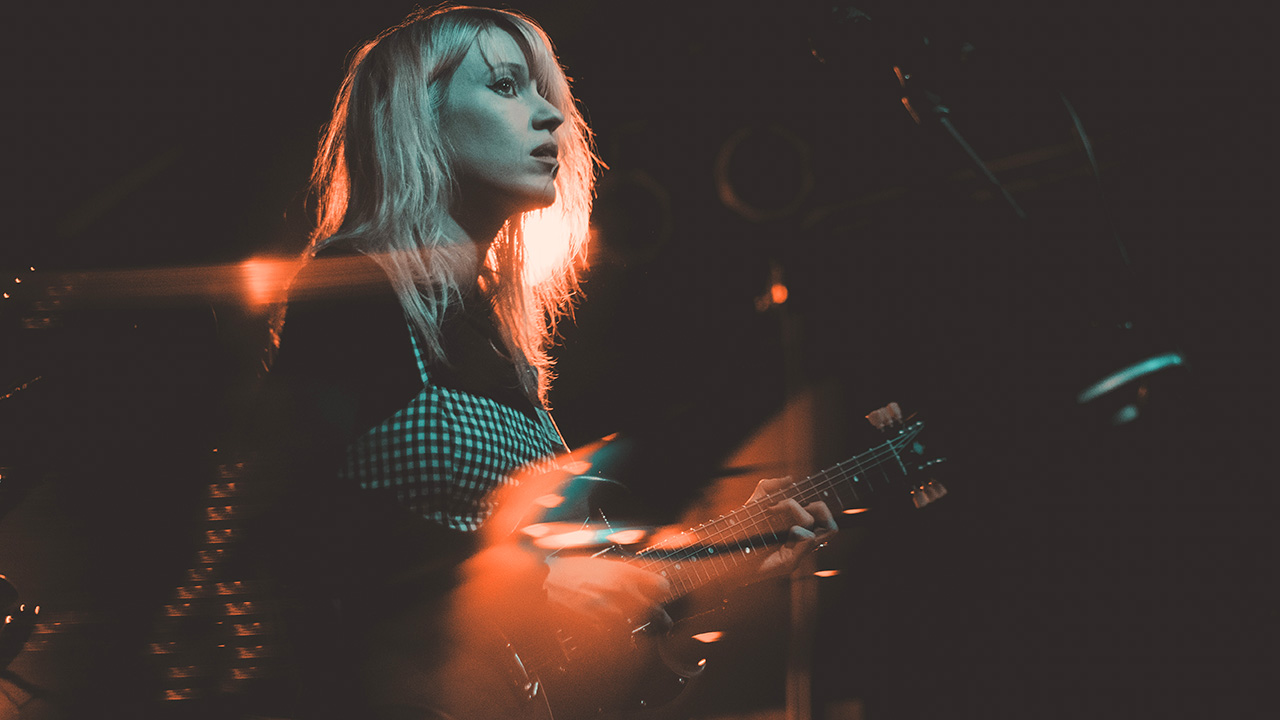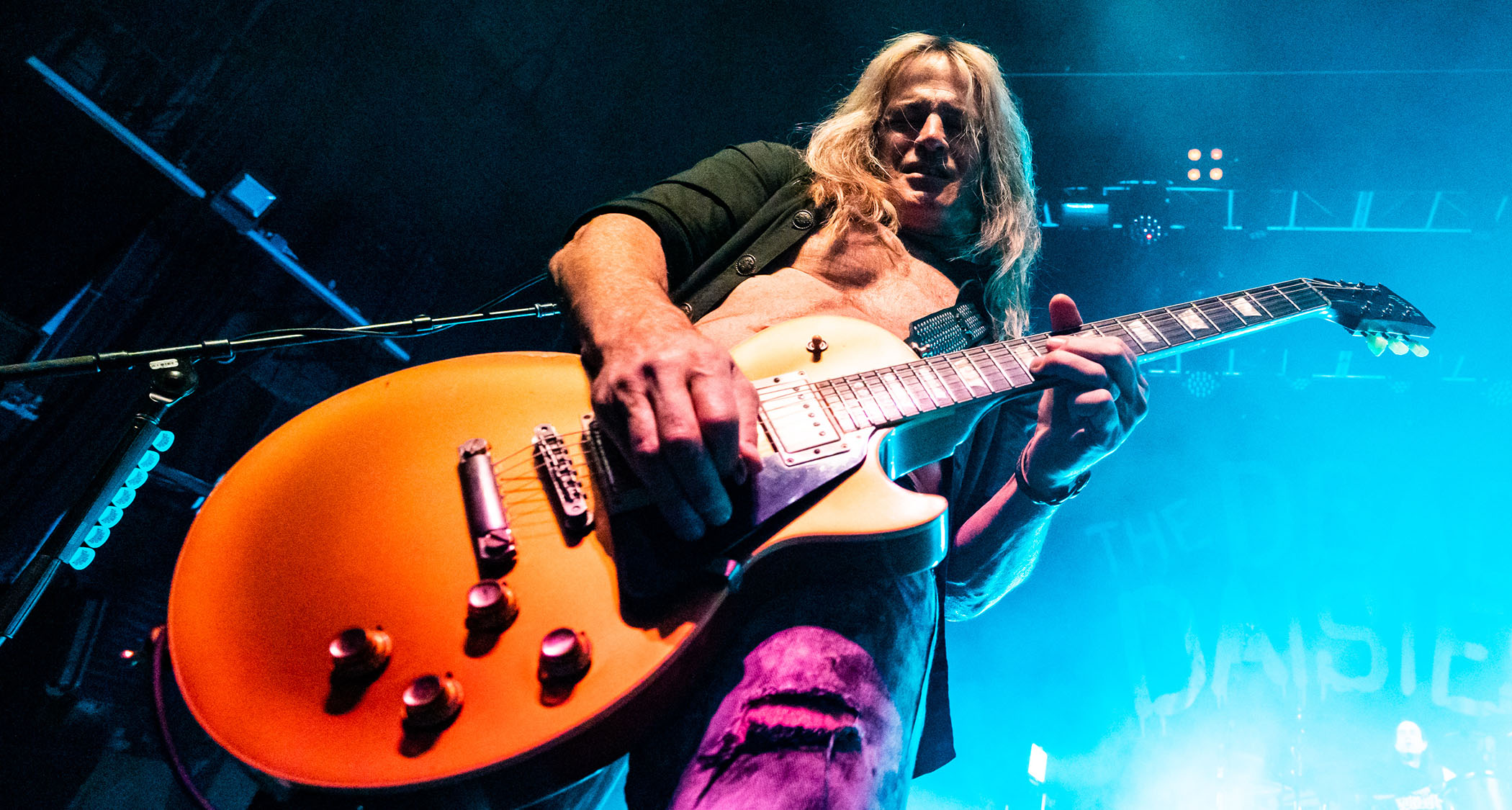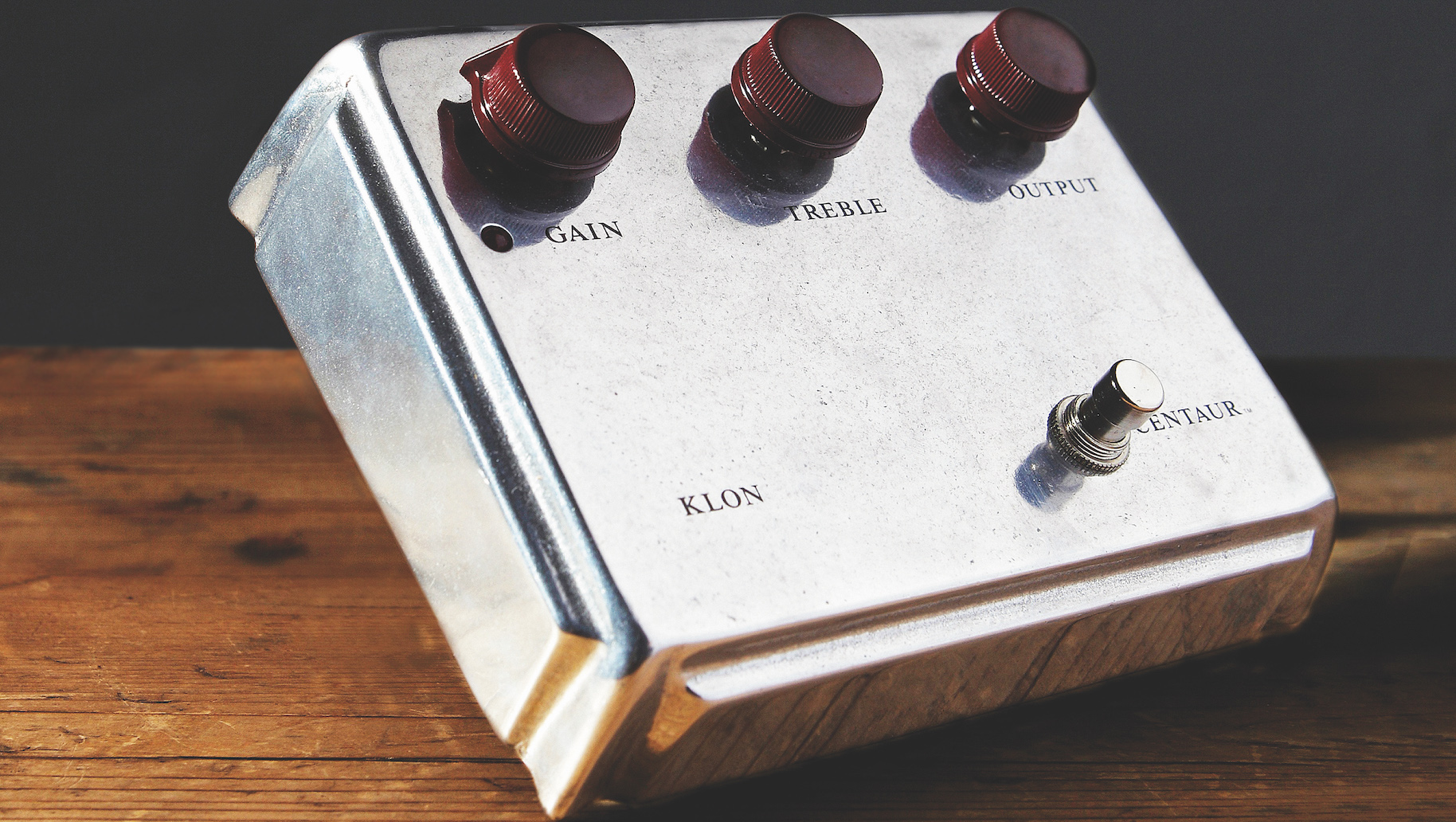Interview: Earl Klugh on Recording, Guitars and Recording Guitars
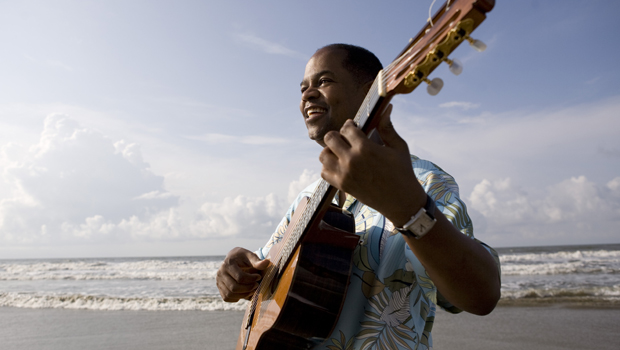
Over the course of 30 albums in as many years, Earl Klugh’s name has become synonymous not only with jazz guitar, but with the instrument itself.
As a bandleader, session player, solo artist, composer and performer, he reinvents himself without straying from the course: using the guitar as a melodic vehicle to express a range of emotions across a broad spectrum of genres.
Klugh’s passion for music began with piano lessons when he was 3 years old. He picked up the guitar at age 10; three years later, his world was forever changed when he watched Chet Atkins play guitar on television. Klugh dedicated himself to studying Atkins’ recordings, developing his own style as he practiced along with the albums. By 17, he was an established jazz player and spent a year as a member of George Benson’s band before signing his first record deal.
Earl Klugh has traveled the world with his guitars. His discography seems endless, as do the accolades and awards, including 12 Grammy nominations — his most recent for 2008’s The Spice of Life, and 23 Top 10 charting records on Billboard’s Jazz Album charts — five of them reaching No. 1.
A musician’s musician, he’s equally at ease in an intimate theater setting as he is hosting his annual Weekend of Jazz or onstage before thousands at Eric Clapton’s Crossroads Festival.
Your time is divided between writing, performing, recording and making guest appearances. How do you divide that time equally?
You just work on one thing at a time. When I’m writing, I try to spend time with that every day. You have to do what you can in the situations you’re in. The best situation for me is to be at home when I’m working on new songs. I stay creative wherever I am, but home is best for that. In the older days, I really was working so hard to build my career, and I was very fortunate that my records started selling from the beginning. So I focused on recording, and I could tour and sell enough albums to drive people to venues.
Get The Pick Newsletter
All the latest guitar news, interviews, lessons, reviews, deals and more, direct to your inbox!
That worked for a few years, but it’s not enough to write and perform your tunes. You’ve got to turn into a performer, a communicator, onstage and that was very hard for me because I was a painfully shy kid into my early adulthood and I was not very good at speaking in front of crowds. Over time, I had to embrace it and become better onstage because it’s not fair to the audience to not communicate well. I feel better about it now; later in life I feel good about it. I do a fair amount of traveling and I enjoy it.
With all of the music I’ve recorded, I enjoy playing the old and new songs. There’s a lot of music, and also with my band, it’s fun. I’ve had different members at different times, but eight or ten people have been the nucleus of my band for 30 years. They come and go, they have their own desires to record and do their music, and it’s good to have people that know you and your music, and it stays fresh for them because they don’t play it every night.
Your great influence was Chet Atkins, who was considered a country artist but merged so many genres into his playing. How did he most influence you?
Chet obviously bridged many gaps. He was also a studio player who played on a lot of records in his early career and he’d go city to city to radio stations. What was most surprising to me was that when he was very young, he was an on-air musician at WJR in Detroit. He did so much in his career. People associate him with country music, but his playing was far-reaching. He listened to everything.
Where I was coming from, I wanted to develop my own style by listening to every instrument and every singer, singers like Nat Cole, Sinatra, the great lyrical singers who convey melody in such a great way through phrasing. I listened to everything I could think of to gain an edge and do something different from the next guy. Because if you don’t stand out from the next guy, you’re stuck.
You are also quite the collector.
That’s pretty much a sickness! I have 50 guitars and really good guitars. I use four or five guitars in the studio. They’re all classical guitars and all different. I have a real old José Ramirez guitar and two by Manuel Velazquez. He’s a builder who is in his 90s. I have owned three or four of his guitars over the years and these two I will never part with. I have a friend named Paul McGill in Nashville who makes great instruments, and he built three or four guitars for me.
I use two of his on the road all the time; they’re great sounding and record real well. I have a mandolin, a Requinto, which is a high-pitched six-string guitar tuned up so that it has a sound almost like a ukulele, a few instruments I can do different things with for the different timbres. I usually take two guitars on the road for safety and electronics, because if the electronics go, you’re done.
Digital audio workstations: blessing or curse?
It’s kind of hard to say. I went through a period of trying to learn to play everything, but nothing replaces live instruments. We’re human beings and we react to things that are natural — real pianos, real trumpets, and things that the human being has more control over in terms of inflection and tone.
At this point in your career, is woodshedding still necessary?
Oh yeah. I used to retain things better than I do now, so it takes practice. I enjoy the challenge. I practice to keep current and keep my hands agile, and it’s interesting. A lot of what I do for fun is I play all kinds of standards and songs away from the music I write. I know hundreds of standards and pieces I work on and play in various keys and directions. I love playing solo guitar. I started doing more solo shows in the last three or four years. I enjoy writing a quick list of tunes, going onstage and playing for a couple of hours. It’s the most challenging thing I do.
The group setting is so much easier than trying to improvise your way through some tunes. Sometimes I get overwhelmed by myself because there are so many choices of where I can go for the next chord. If you don’t zone out, you can confuse yourself!
Jazz and bluegrass players still appreciate the great lost art of jamming. Do you participate often?
Oh, yeah! It keeps you on your toes and keeps things fresh and new. It’s a good way to exchange ideas and look for different ways to resolve the same problems sometimes. It’s therapeutic.
Early in your career, what were some of the biggest challenges you faced as a player and how did you overcome them?
The biggest thing for acoustic guitar players is string noise when your hands are moving. I don’t mind minor string noise, but continuous noise is too much. Early on, I played too timidly in an effort not to have extraneous sounds coming out of the guitar, but over time, working on technique and improvising —what I try to do is play full-out, and once in a while you get a good zinger and so what? You’re only human. The main thing is the performance. It’s a fine line and a real common problem. I use nylon strings, which are not as bad as steel, but it’s still there.
How do you mic?
I can do anything with two mics. You try to get good balance of sound. The only thing that doesn’t work is a boomy room; you have to EQ that out. Most engineers know their equipment, if you’re not accustomed to the studio, but in the old days there was not as much miking of nylon strings. Over the past 20 years, it has grown so much that pretty much any engineer can handle the inconsistencies of acoustic instruments. Most places have a good array of mics and I use what’s there. Live, I use a wireless system and pickup, so my hands are free and it works out great.
Let’s talk about sequencing the show, especially when you’re playing solo and it’s entirely up to you to keep the audience engaged.
Sequencing is key to listening to music, whether it’s live or on a recording. I try to play original pieces, the standards, pop tunes and literally music that I’ve heard my whole life and have enjoyed. I mix it up as much as I can. In my solo shows, I know that works a lot. Those shows are different because these people are guitar nuts; they live and die by having every bit of information from you after a show! These really good players show up and we have good conversations to get their perspective.
With the band, it’s more diverse. When you get into the general population with a larger band, it’s different. At the solo shows, the audience is focused on your playing. Everybody, at some point in time when we’re talking, will ask about whatever song we’re talking about: “What was that you did?” Since I’m playing it off the top my head, I don’t know! I just play. Obviously I did something, but when they sit there, they want to know how did you come to doing it, what did you do, the choices in your material, why did you play in this key. They want all the specifics.
Does the industry underestimate audience tastes? When you do the Weekend of Jazz, you get mostly traditionalists, and when you play Crossroads, you get all ages and a lot of rock music fans. If radio had fewer formats and listeners were exposed to a variety of genres, would the industry — and audiences themselves — find that their tastes are broader than they realize?
Completely. That is the whole problem in a nutshell and you are 100 percent correct. People want good music, and if they’re not aficionados or they have no time to search it out, they don’t know that they might enjoy many of these formats. It’s sad. I don’t understand this category stuff to a large extent. If I hear something and enjoy it, that’s all I need to know.
I was the only jazz guy at Crossroads and I called Vince Gill — he’d done it a couple of times — and I said, “How about I sit in on your show?” So they’re doing country things and it was time for my solo. I played with jazz inflections and it was so cool. It’s all music. It was all grown and created right here in our backyards, and oh, I loved it! It was great!
Alison Richter interviews artists, producers, engineers and other music industry professionals for print and online publications. Read more of her interviews here.
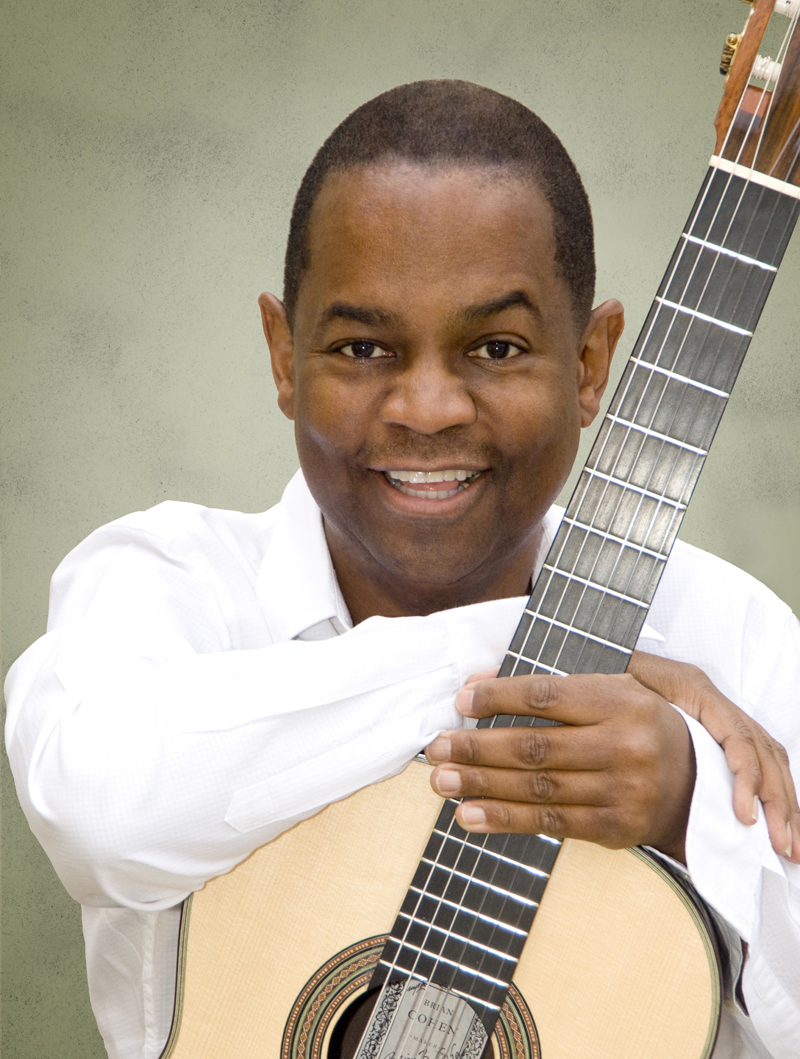
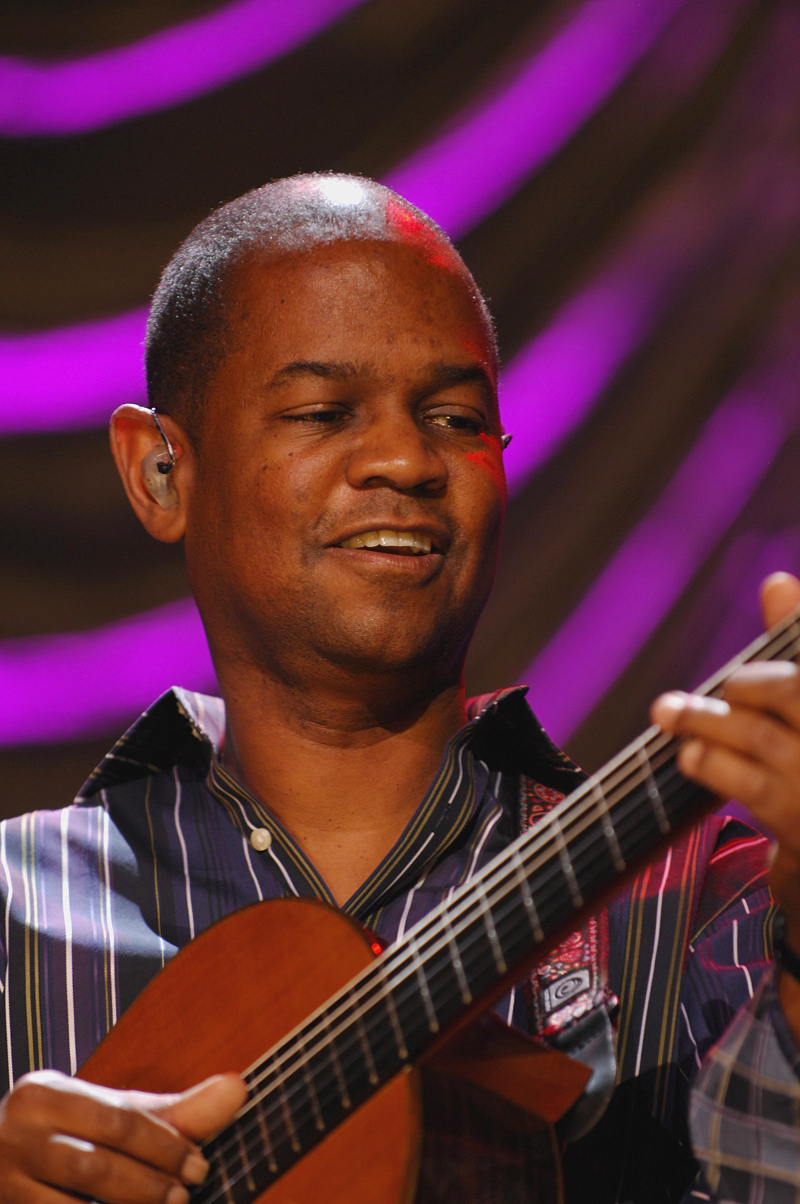
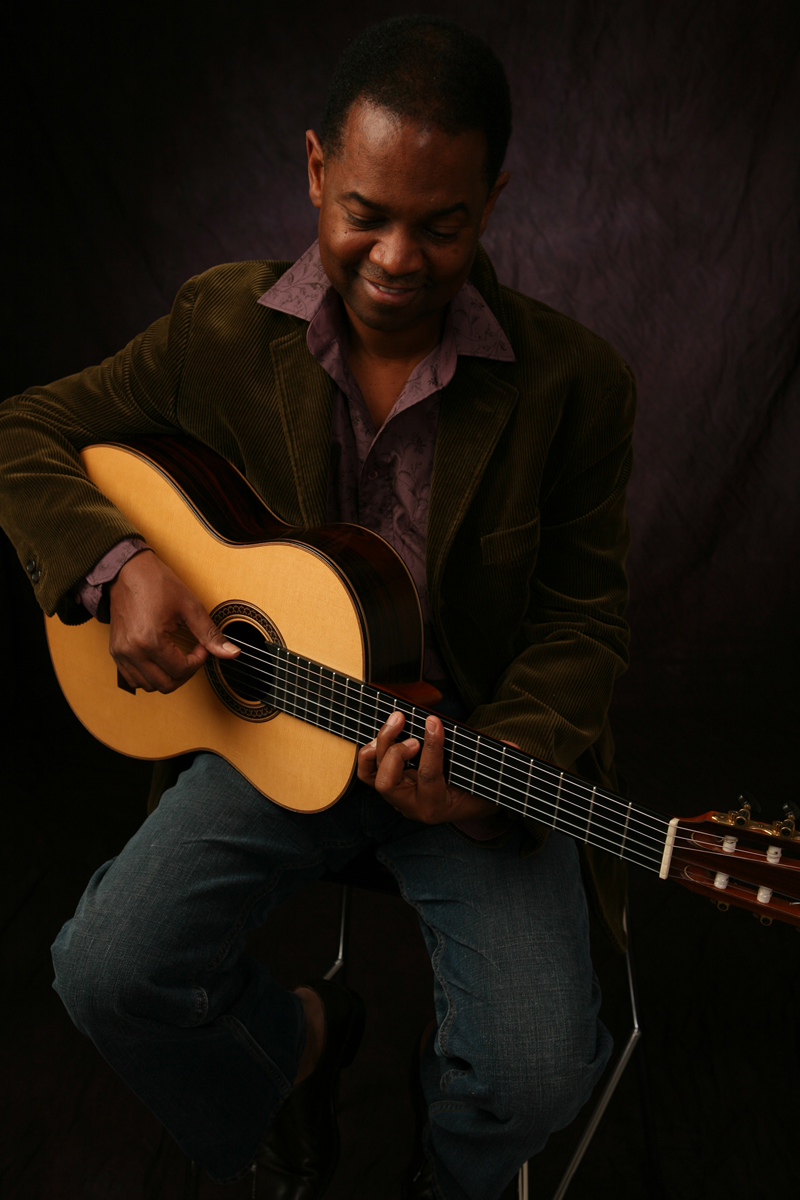

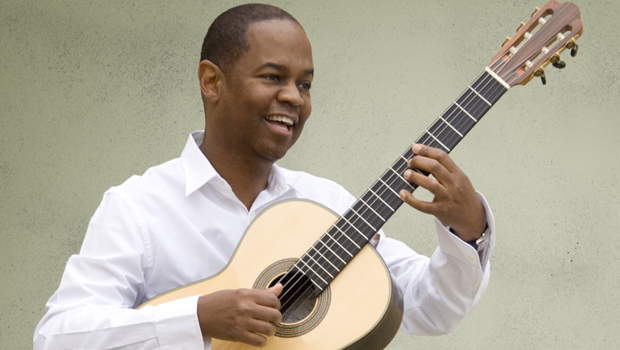
Alison Richter is a seasoned journalist who interviews musicians, producers, engineers, and other industry professionals, and covers mental health issues for GuitarWorld.com. Writing credits include a wide range of publications, including GuitarWorld.com, MusicRadar.com, Bass Player, TNAG Connoisseur, Reverb, Music Industry News, Acoustic, Drummer, Guitar.com, Gearphoria, She Shreds, Guitar Girl, and Collectible Guitar.
“A little thunder and lightning”: Slash dons a Gibson SG as Guns N’ Roses pay tribute to John Sykes with rampant cover of a Thin Lizzy classic
“Prince writes, ‘Luka is the most compelling piece of music I’ve heard in a long time’”: Suzanne Vega on the time Prince sent her a handwritten letter to praise one of her most iconic tracks
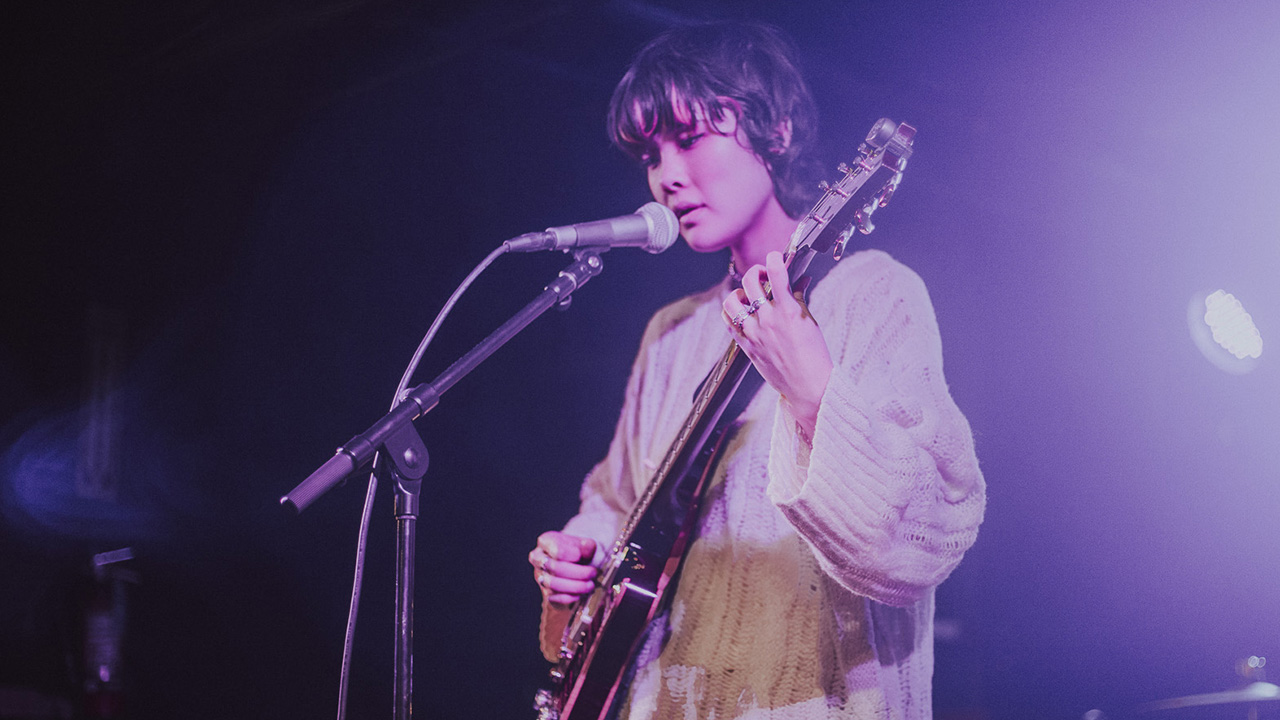
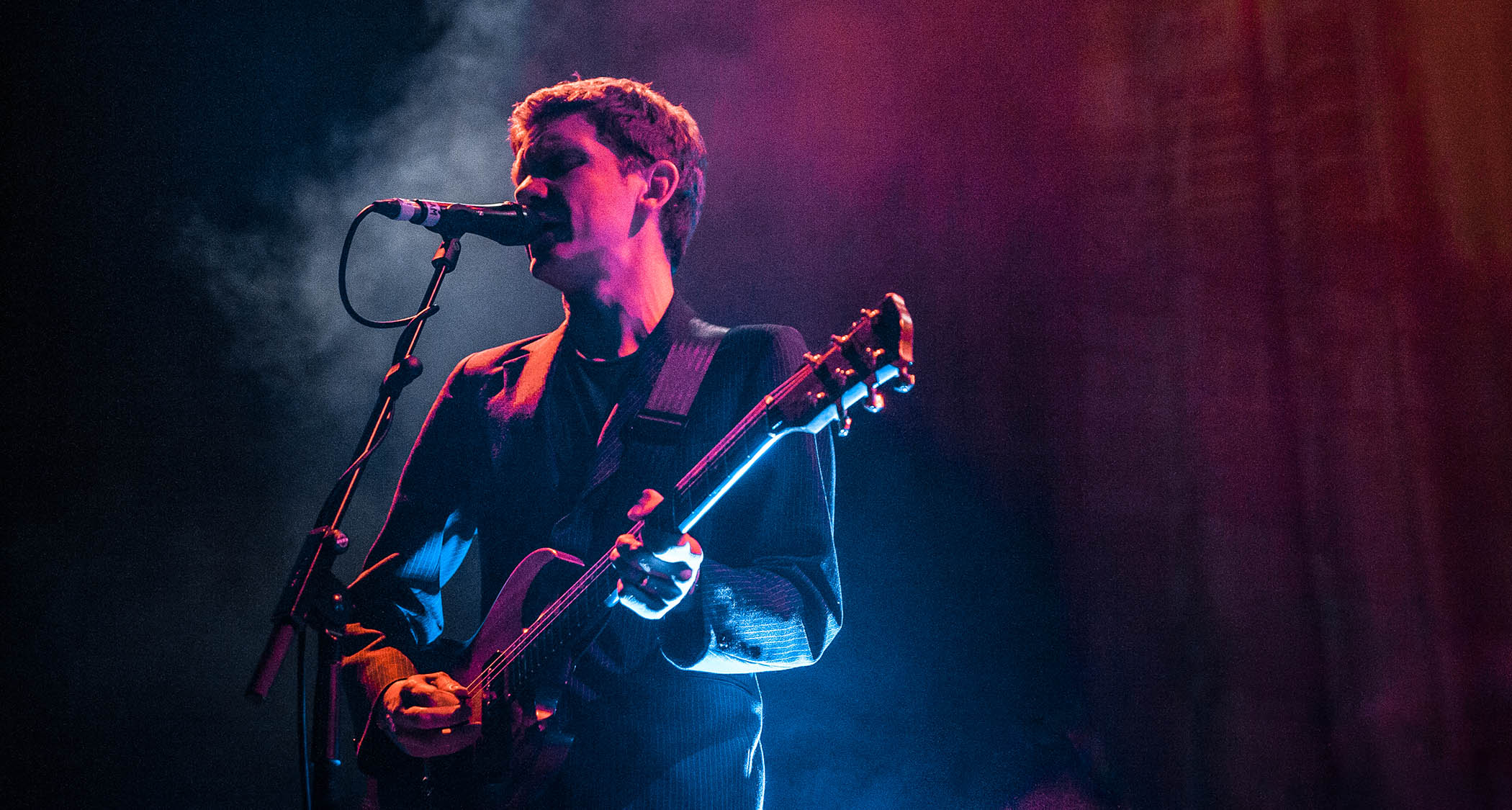
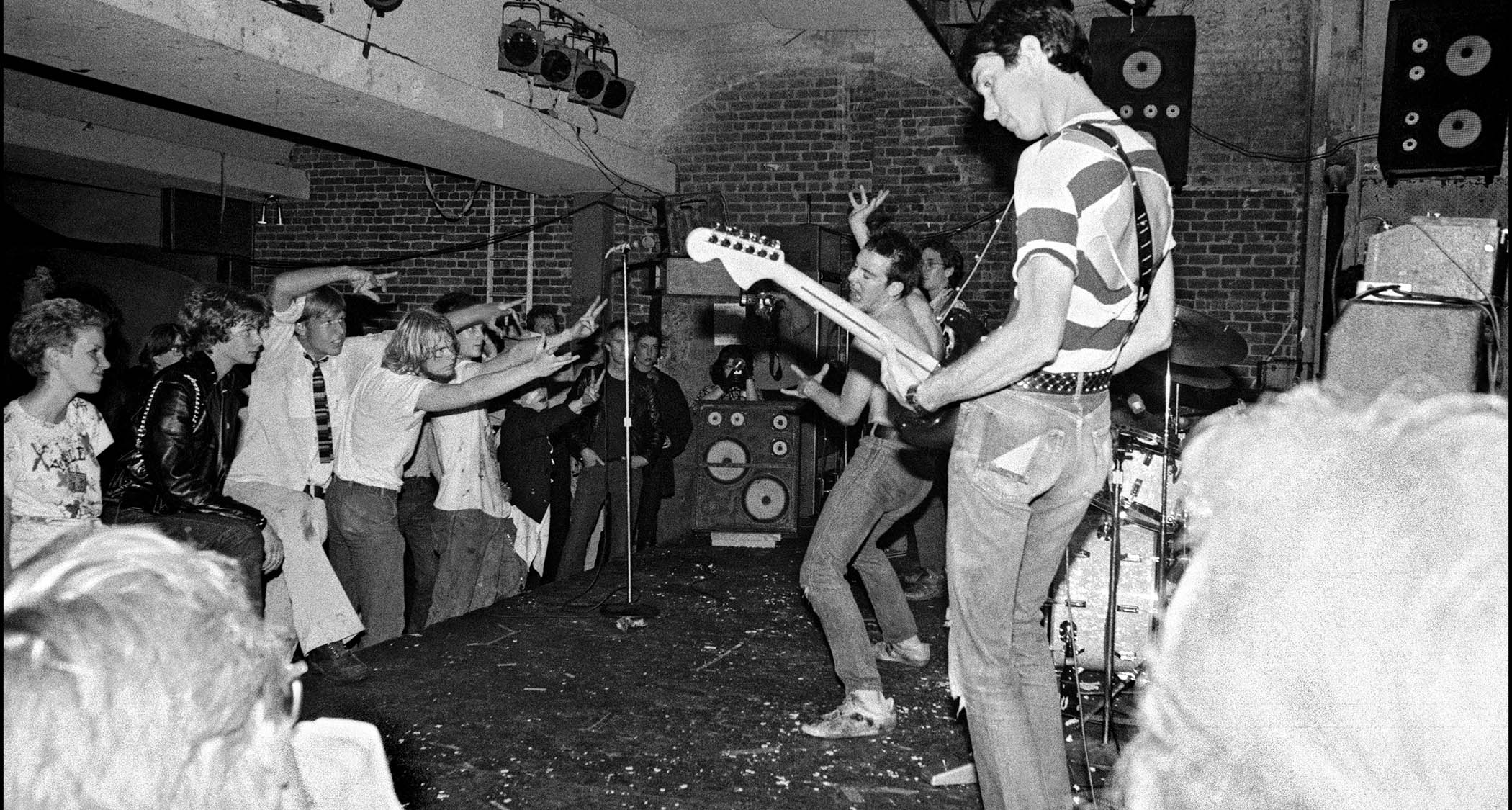
![The Night Flight Orchestra all glammed-up in stage clothes and photographed against a green backdrop: guitarists Rasmus Ehrnborn [second from left] and Sebastian Forslund [fourth from right]](https://cdn.mos.cms.futurecdn.net/Wy6UcSKUxjjiWvEWzYf3y3.jpg)
